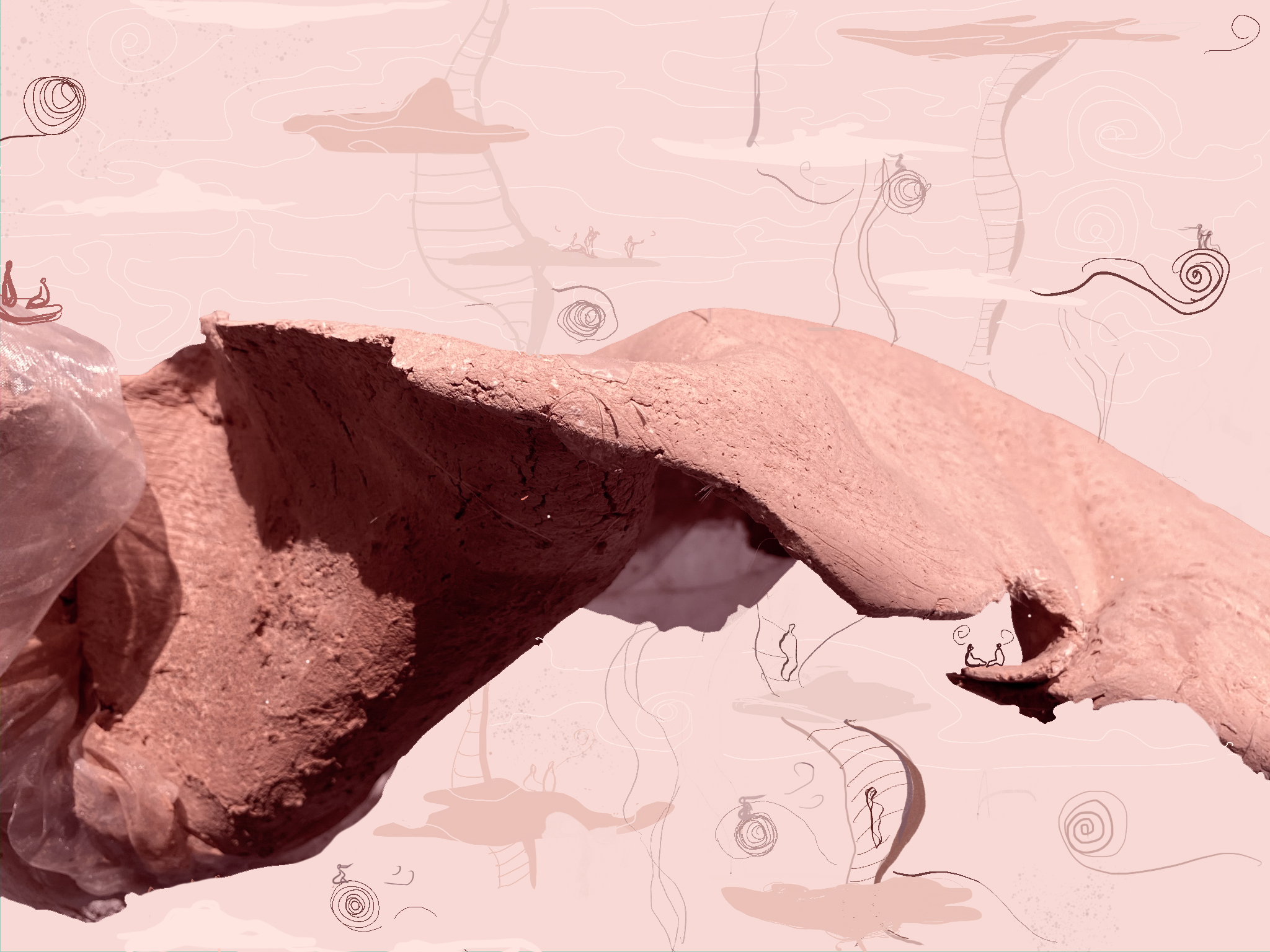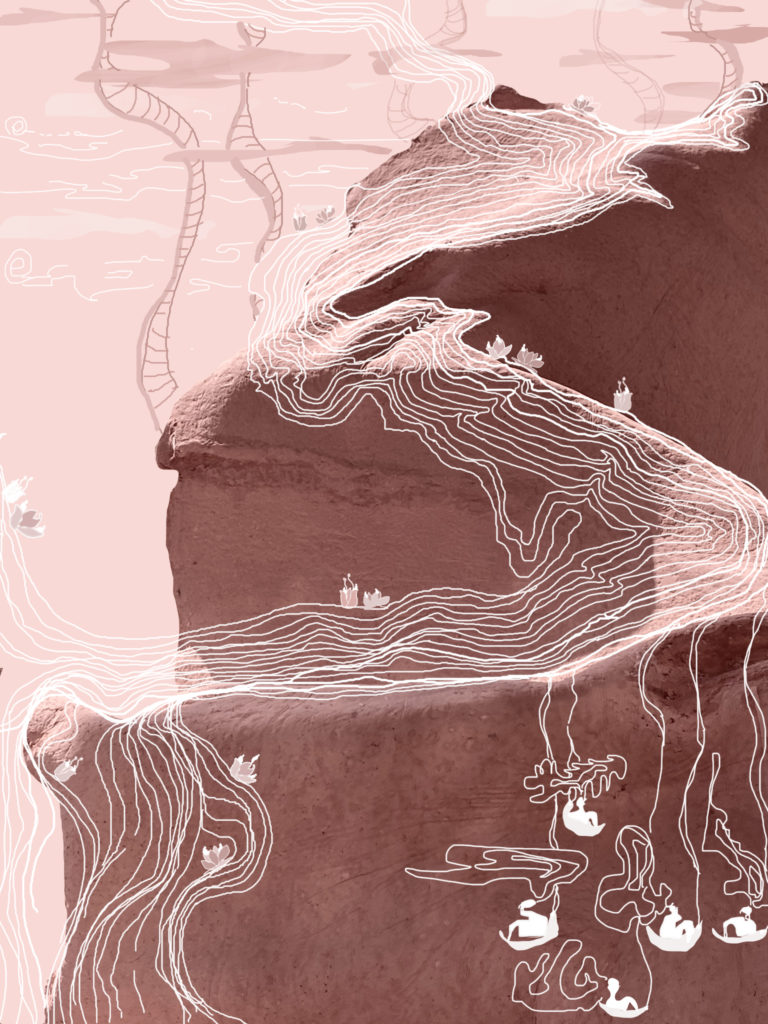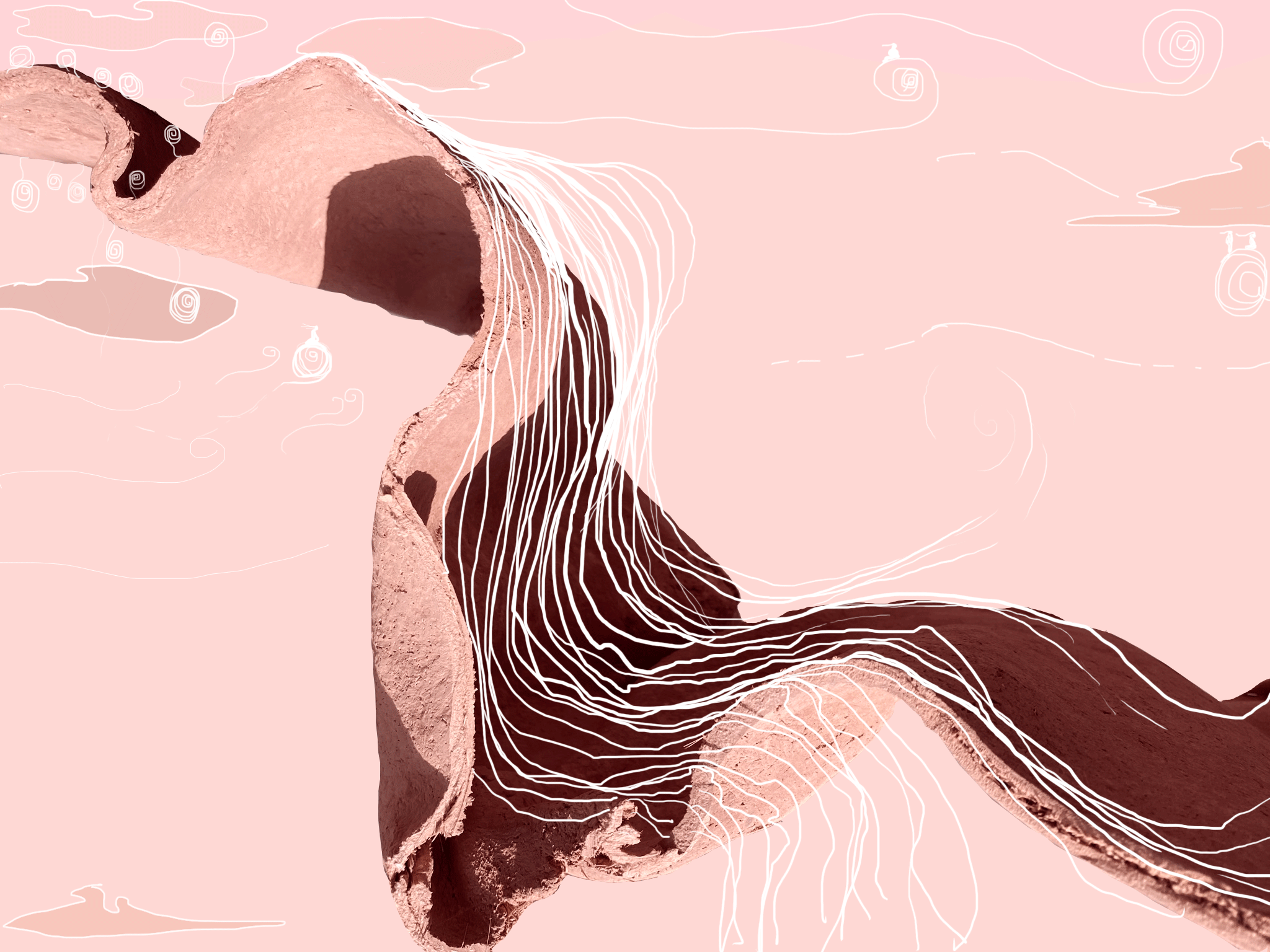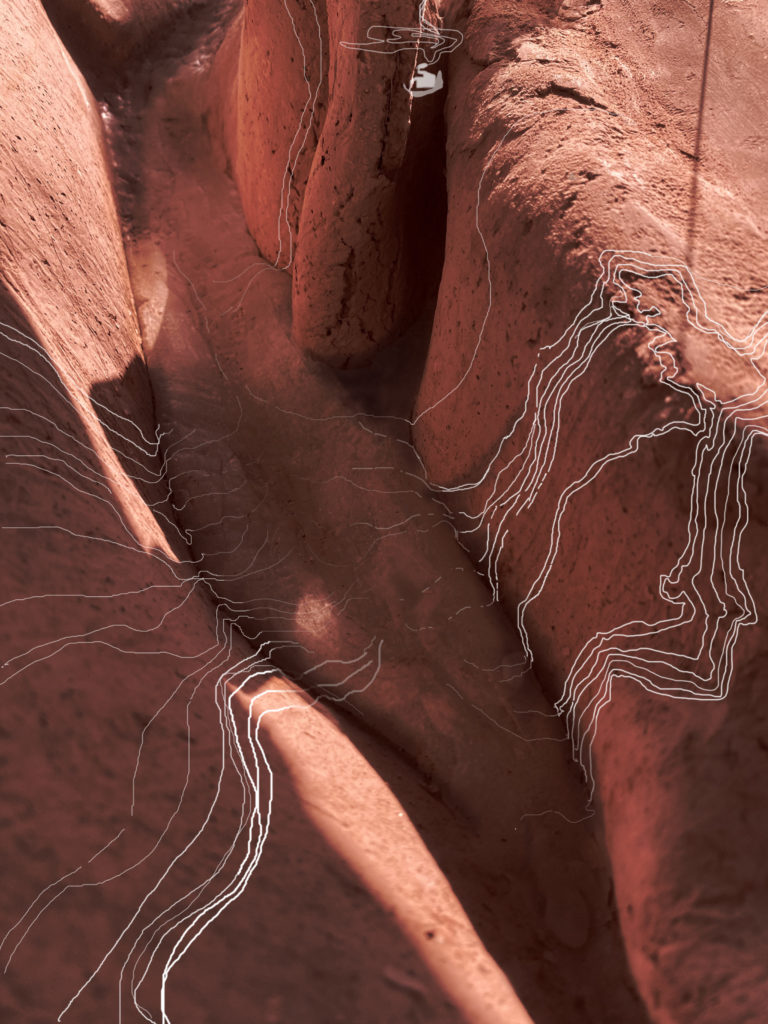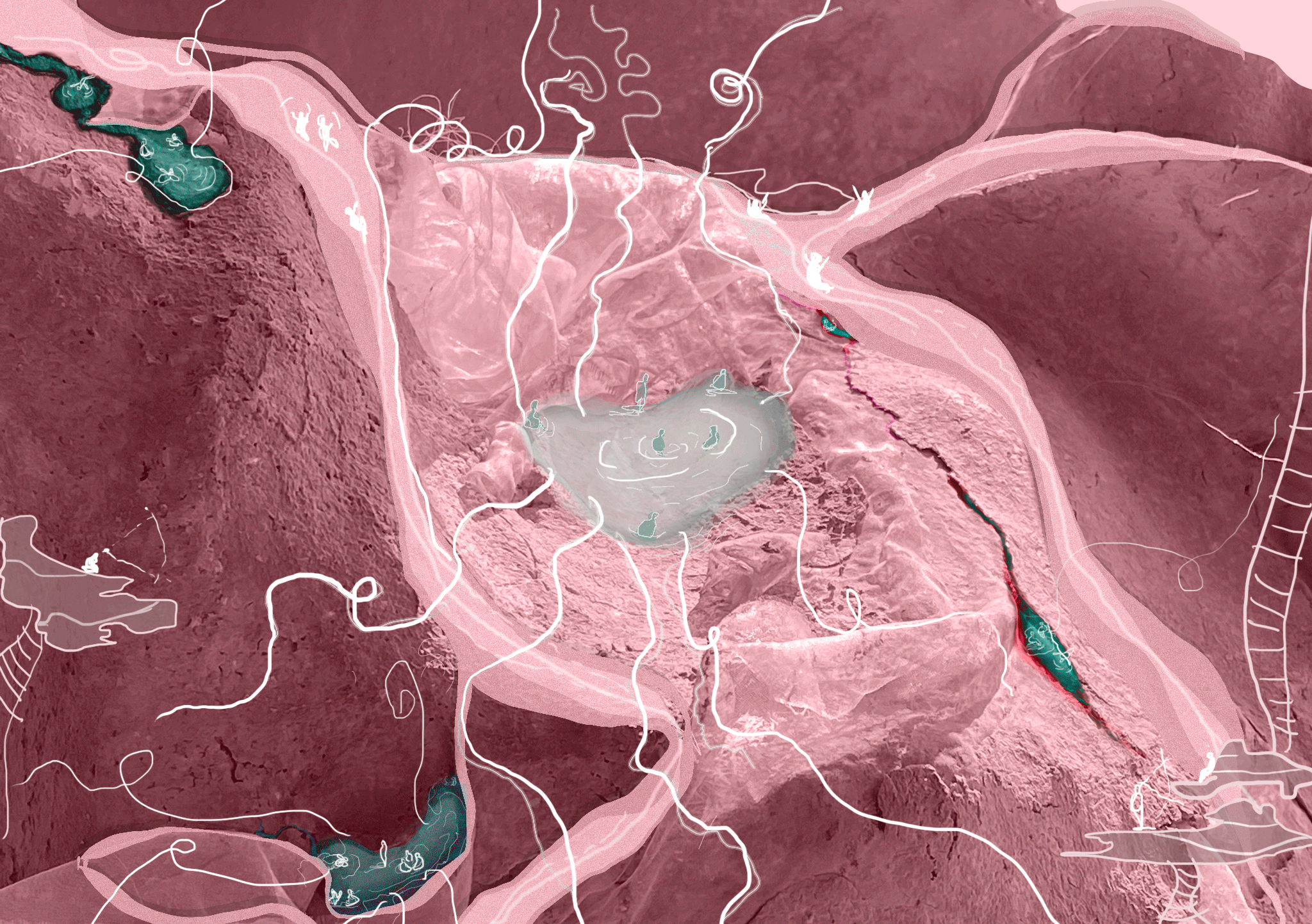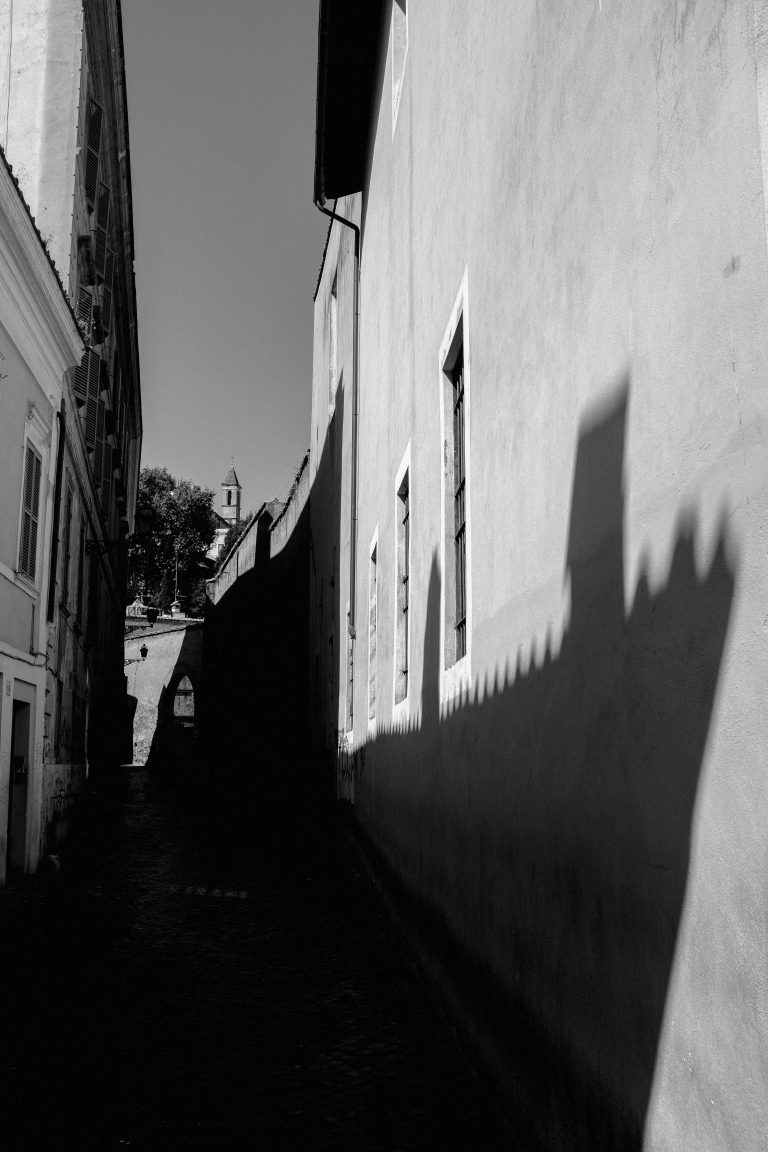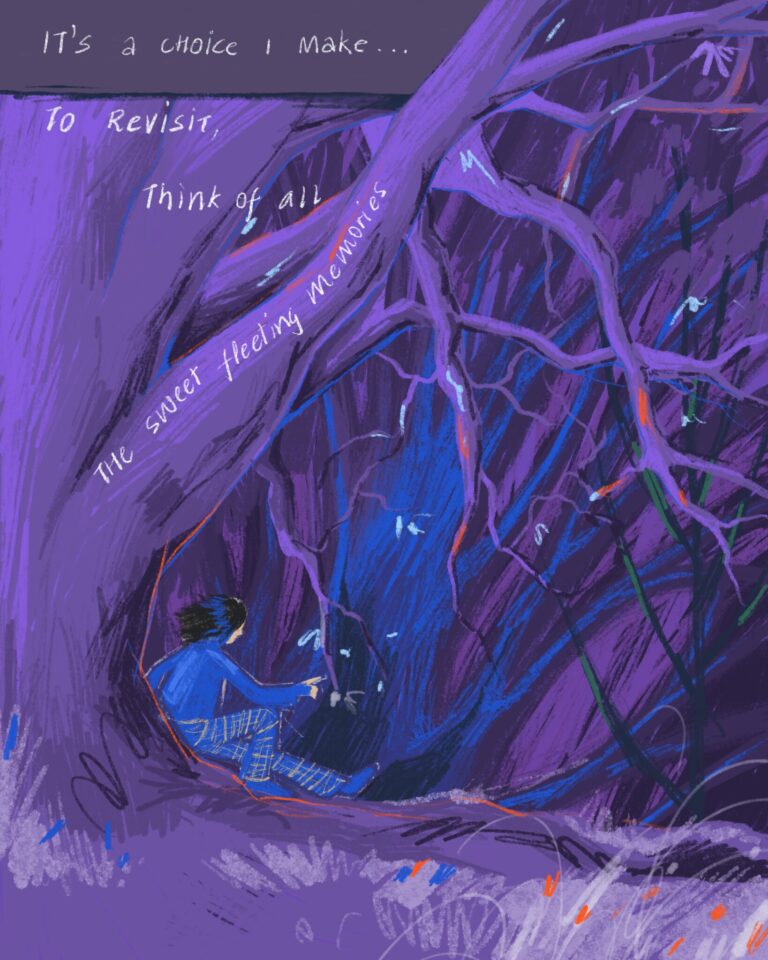khayali
Every city has a story to tell, and there are so many chronicles of life in space that are conceived and created by human beings, sometimes complementing and sometimes in stark contrast to nature.
Having grown up in a place, one tends to become complacent about the small things that really define everyday life – and take for granted spaces that have molded our personalities. Whether it is green avenues with medieval bungalows blooming along the way and a stray peacock strutting its stuff on sunny afternoons, and over the years the boundary walls that crept up and shut us out, or the skyscraper that grew as an icon for wayfarers, and has now been eaten up by giants of glass and steel – the evolution of the city has molded us as if we were made of wet clay, and the city, with its gentle fingers of stone and steel has softly shaped our souls.
This is a story about a pulsating, throbbing city, and its spaces that play hide and seek: trees that grow from inconceivable nooks and water that flows from square to square.
This city, as pink as the sunshine on a tender day and as green as a dewdrop on a misty morning, is Khayali.
Once upon a time long long ago, the buildings of Khayali were built by people. They were carved with love and joy and imagined as odes to happiness and dreams. Slowly, the children grew up, in streets that were lined by walls that opened onto gardens. People lived in these gardens, with trees that twisted along from floor to floor, taking them up. There was no roof to these houses, only the sky, and the gentle stars which wove a blanket of soothing darkness over tired bodies every night.
The arteries of this city, gurgled with giddiness, and a network of glistening water led to playful squares which defined the city. There were five squares.
The biggest square was the heart of the city. It was here that a long canal flowed from edge to edge, and the banks of this canal morphed into gradually rising steps leading to a dense jungle. Boats of all colours and creeds floated lazily along the canal, and the magnificent banks whispered stories of many a love and loss. Every life in the city was touched by these banks, and people came here to think, to love, to celebrate, to read, and to grieve. Floating beyond this dynamic staircase, were pods of softwood, where the thinkers came. They came here to float above the world as they knew it, and to dream about the stories that flowed, from the life giving canal, into the streets that took this water to every doorstep with whispers of memories and hope.
The water leads you along a tranquil path, to the square where flowers grew. Here, the water fell from a majestic height, splashing joyfully onto pink rocks. Rocks that were carved with delicate detail, to create a series of nooks for people to bathe, and a solid curtain of falling water could be drawn with a gentle caress along the roof of the rock. This wall of water would shut out the world as it were a blur, and would lend a sense of peace and a fresh perspective, a ritual cleanse that began and ended the day for the people of Khayali.
Deeper within the city, the third square grows smaller, more intimate –and darker. The water in this square is silent, un-moving. This is fresh water, black as ebony, and as deep as a stoic philosopher’s thoughts. This is where the water comes to rest and to prepare itself to move back into the city. Growth here is slow and beautiful. This is where the buds begin to bloom: buds that are then carried by the wind across the city streets to bloom into colourful blossoms. Movement in this square is restricted. When passing through it, people dare not breathe too loud for fear of piercing the stillness, which if broken, would break the city.
Branching off into a street echoing with the sounds of laughter and running footsteps, the city leads to the square which radiates its energy. Young children slide along colourful pavements, into swooping pools of fragrant water. The pavements twist and turn, rise and fall, broaden out and narrow down, and the pulse of the city shoots across and under these, with playful words and games galore. It allows one to be free of all inhibitions and explore the limits of their imagination.
The last square is the square that feeds the city. On moving terraces, the farmers sow seeds of laughter and love, and every resident of this city cares for their crop. The farms branch off into kitchens, which then branch off onto tables, floating along the edges of misty purple clouds. The water here flows merrily along the edge of the terraces and allows the drifters to pick their food as a King would, after surveying a magnificent banquet.
Thus, the palimpsest grows. Aging as gracefully as a bounding gazelle, and with the growth of its boundaries, the people of this city transcend the life they had imagined, and they follow the directions of the city they conceived, by acting upon the ideas that the city brought to life. They enjoy the sweetest pleasure that living each moment fully can afford.
